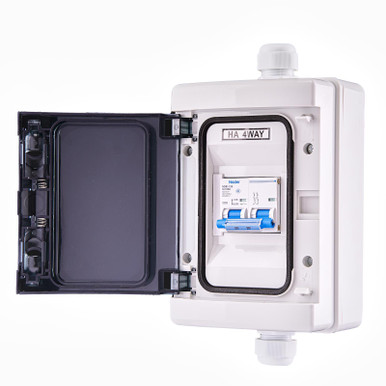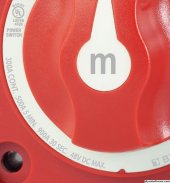bds70
New Member
Haven't quiet found the answer to this problem.
I want to correctly size a battery disconnect/trip switch, but not sure what amperage to get.
I have two 3000W victron inverters drawing power from 3 lifepo4 340ah batteries in parallel. The only Amp data I can see is that of being a 150A charger, but that's current 'to' the batteries not current draw 'From' the batteries.
Assuming both inverters are working at their peak of 3000W continuous, how do I calculate the amp draw and therefore be able to size a trip switch accordingly.
Thanks
I want to correctly size a battery disconnect/trip switch, but not sure what amperage to get.
I have two 3000W victron inverters drawing power from 3 lifepo4 340ah batteries in parallel. The only Amp data I can see is that of being a 150A charger, but that's current 'to' the batteries not current draw 'From' the batteries.
Assuming both inverters are working at their peak of 3000W continuous, how do I calculate the amp draw and therefore be able to size a trip switch accordingly.
Thanks







